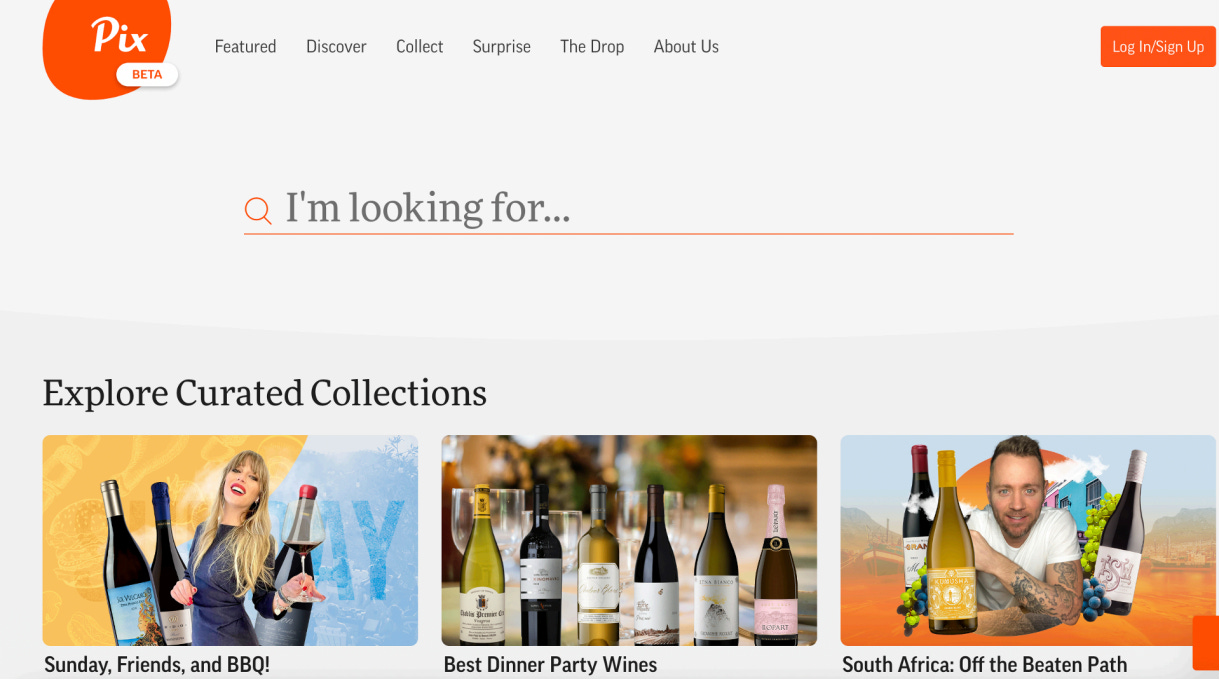Nobody ever apologises for not knowing enough about cheese
So why do they apologise for not knowing enough about wine? Could values, beliefs, emotions, personalities, interests and lifestyles explain why?
I’m currently in Logroño in the heart of Rioja at the 7th UNWTO Global Conference on Wine Tourism. You can see the session where I was interviewed by Sandra Carvão - Chief, Market Intelligence and Competitiveness at UNWTO at the start(ish) of the linked video. If you follow this Substack, it’s probably the sort of thing you’d find interesting. If you organise wine conferences I’d love to come and speak at yours. I’m sure the team here will give you a reference.
By coincidence it was near Logroño where in the year 975 a monk made a note in the margin of an inventory of cheese . The note was in is his local language, not the vulgar Latin of the cheese list. It remains the first known example of what we call Spanish. A language now spoken by 7.5% of the world’s population.
I’ve not idea what the note said. But I’ll bet it didn’t say “I’m afraid I don’t know a lot about cheese…”. Nobody EVER apologises for not knowing enough about cheese. Yet there are tens of thousands of different cheese. And they all reflect where they’re made, who made them, and the heritage of their origins. Something you might even call “terroir”. At least the “fine” cheeses. Not the “commercial” cheeses that make connoisseurs turn up their noses.
So why do so many people apologise for not knowing enough about wine? When they don’t for cheese?
Could the answer lie in our hidden - and not so hidden - beliefs, attitudes, and values?
The tl;dr is “yes”.
The longer answer will make you more effective in marketing and selling wine. Whether you’re a retailer, importer, wine maker, or communicator.
Psychographic Segmentation
Psychographic segmentation groups people (like you, yes you, we’re judging you) by their/your shared values, beliefs, emotions, personalities, interests and lifestyles. But it is largely about the things you DON'T say about yourself. It's about your subconscious attributes.
The VALS methodology is perhaps the most famous example of psychographic segmentation – standing for Values, Attitudes, and Lifestyle.
It puts you (and your audience) into segments that share values about life. And from the segments you can see how these largely unspoken values, attitudes and lifestyles can help us as marketers with our messaging, positioning and whatnot. These things speak to powerful parts of people’s identity. Psychographics is interested in giving marketers the tools to appeal to subconscious feelings among a target market.
One of the biggest subconscious divides in wine is between optimisers and satisficers.
Let’s say 10% of wine drinkers are optimisers. They're looking to make the optimal decision. “The best wine”. You’re probably an optimiser. You’re reading this Substack about wine. You spend a lot of time understanding the category. You look to the advice of experts. You may cluster with other people who share your interest. If you’ve ever stepped foot in 67 Pall Mall or a WSET class, you’re an optimiser.
Around 90% of wine drinkers are satisficers. They’re less concerned that the wine will be good, than that it WON’T be shit. “The most assuredly un-shit wine”. They're looking to be reassured they're not making a bad decision. And it's true that the wine sector in general overlooks this much larger, psychographic segment.
You might think that means that the optimisers are all happy, contented wine buyers who delight in what they're doing. And satisficers are all worried about the choices they face.
That may sometimes be true. But the opposite can be the case.
Maximizers spend time and energy to reach a decision. They can be anxious about whether they are making the best choice. The writer Barry Schwartz in his famous book The Paradox of Choice, argued that over time, satisficers tend to be happier customers. As soon as they find something "good enough" they're content. Seriously… while you’re sniggering at that bottle of Barefoot in their basket, they’re actually happier than you. The idea that non-expert wine drinkers are all desperate for information to make better informed choices, could well be a myth. Indeed I'd go so far as to say it IS a myth.
But psychographic segmentation in wine is about more than satisficers and optimisers.
Yadda, yadda… how do I use this in practice?
This is Pix, the online wine discovery platform.
Pix uses various forms of segmentation in the way it presents wines to users. Let’s look at one or two their listings to see how.
This is an example of Behavioural Segmentation. The listing suggests this is a wine to have over dinner with friends.
Or here... a wine to celebrate with.
But the platform also uses psychographic cues to appeal subsconciously to segments of its audience.
Choose a payment option to continue reading this article
Keep reading with a 7-day free trial
Subscribe to Joe Fattorini's Substack to keep reading this post and get 7 days of free access to the full post archives.









